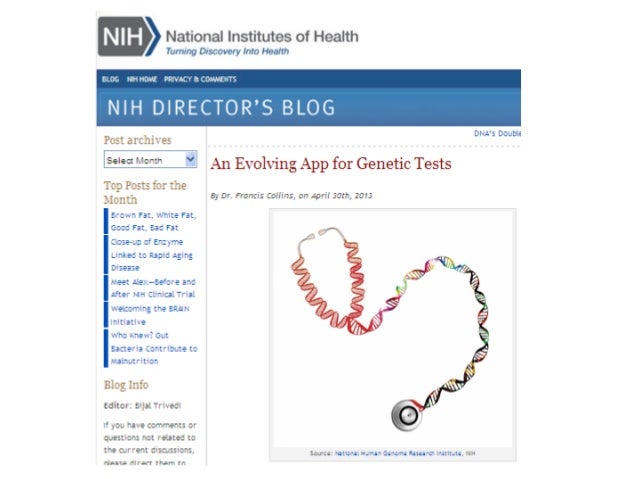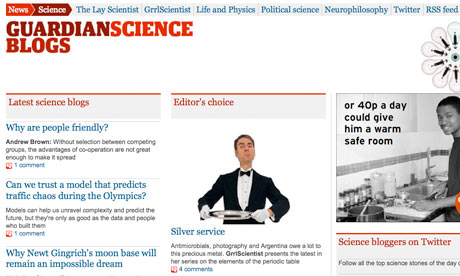
3 questions. 3 hints. 3 answers. Every Tuesday.
1. What do 44 million people currently suffer from that is expected to rise to 135 million by 2050?
Hint:

Answer: the scientific community is excited about a seemingly remarkable breakthrough: a blood test that is able to detect the onset of Alzheimer’s Disease (AD) with 90% accuracy three years prior to the development of symptoms. Researchers have isolated 10 fats that are found in the blood and are implicated in the onslaught of the disease. The impacts of a test that is able to successfully predict AD are manifold ranging from more effective, earlier treatment interventions to reducing the costs of care. Read the additional details here.
2. What will you have to figure out in order for NASA pay you $35,000?
Hint:
Answer: NASA is prepared to pay you (or any other citizen scientist) $35,000 in exchange for developing a strategy and technology to stop asteroids from destroying our planet. The NASA challenge was just announced at the South by Southwest Music Festival in Austin, Texas. Read more here.
3. What song by The Killers may have inspired scientists to attempt to do just that?
Hint:

Answer: asking someone to “Read My Mind” may no longer be such a far-fetched concept. What was once merely an aspiration, is now being realized with a combination of brain-scanning technology and pattern recognition software, allowing aspects and functions of our brain to be read. Initially, this was accomplished by capturing and recording a person’s electroencephalogram (EEG) signals and matching the signals to a corresponding image. Since then, methods have evolved with focus, in one particular lab, on 3D MRI video imaging supported by a specific, interpretive mathematical formula. The result is a somewhat hazy video of the imagery running through one’s mind. Notably, yet perhaps not surprisingly, the video quality is sharper with regard to actual imaging (e.g. looking at a car) compared to merely thinking of that same item. Nonetheless, when it comes to thoughts, research is also being conducted using electrocorticogram (ECOG) technology, improving on the limitations of EEG scans. The downside is that ECOG methodology requires the removal of a portion of the skull in order to place an electrode-containing piece of mesh directly over the exposed brain. While no doubt challenging to solicit and secure human test subjects for such an investigation, ECOG experimental subjects in one case were epileptic patients already undergoing brain surgery in connection with a primary ailment. In addition to 3D video imaging and ECOG technology, other approaches are being considered in order to expose and free our thoughts to the world. While there are potential downsides, there are also upsides, such as providing individuals who are otherwise prevented from verbally communicating, due to an accident or disease, with a way to connect. Read the fascinating details here.















